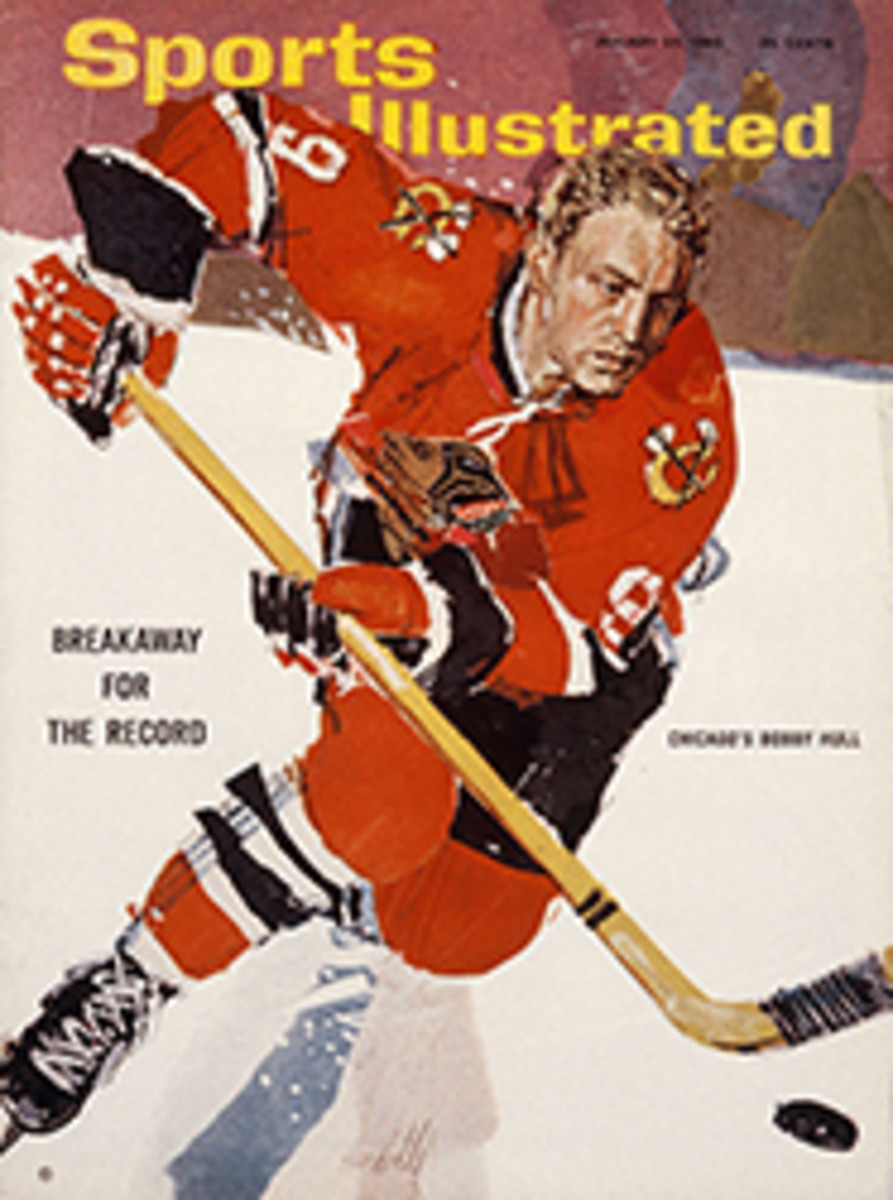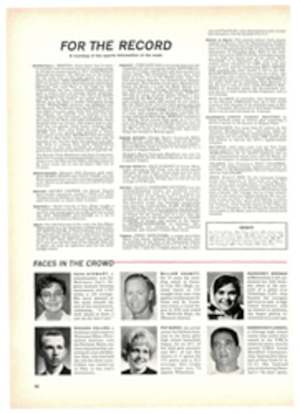
LETTER FROM THE PUBLISHER
The study of foreign sportsmen in their natural habitat is of particular interest to SPORTS ILLUSTRATED. In the past we have visited a Finnish cross-country skier, several Russian speed skaters, French ski coaches, a reluctant Scottish swimmer, the King of Malaya and the Shahanshah.
Most of these forays abroad are made in the normal course of sports reporting. Some time ago we wondered why the Dominican Republic produced such excellent baseball players as Juan Marichal and the Alou brothers. In the barrios of Santo Domingo, Robert Cantwell discovered that baseball provided an emotional outlet for a people long oppressed—but never crushed—by dictatorship. We were curious to find out just what it is about soccer that could make Albert Camus, who won a Nobel Prize for Literature in 1957, write: "All that I know most certainly about morality and the obligations of man I owe to football." Such a statement seems to equate soccer with religion, and Jack Olsen went to England to see if the same mystique was prevalent there (it was). We have studied the Tour de France—the biggest, noisiest, richest bicycle race in the world, and still a national obsession. We have watched six million Japanese pour out of Tokyo onto ski slopes with patchy snow, poor visibility and a constant drizzle, and display the same enthusiasm shown by skiers of the Pacific Northwest in the same conditions.
We have looked at events in places that have an atmosphere and a cachet of their own, quite unlike anything in the U.S., and this special flavor is sometimes best expressed in art. In 1962, Art Director Richard Gangel asked the French satirical painter, André Fran√ßois, to record his impressions of the tennis championships held each summer at the All-England Lawn Tennis and Croquet Club, Wimbledon. The immaculate lawns of Wimbledon turned from green to yellow as Francois painted them. "Yellowish," said he, "like the green velvet of a Victorian armchair that has faded away." He saw the tournament as a dance, with a corps de ballet of ball boys. André Fran√ßois works in all genres—posters, children's books, stage sets, painting on sheet iron, and even on the walls in his house near Paris.
This week André Fran√ßois reports from St. Moritz (page 34), an international playground which he calls the Coney Island of millionaires. He has painted the porters neatly aproned in green and ladies not so neatly trousered in pink and blue. And other things: a St. Moritz gondola—a sledge lined with bearskins, with footmen sitting at the back playing the accordion—and an aristocratic desperado, skeleton in hand, about to launch himself headfirst down the Cresta Run. Neither the ball boys of Wimbledon nor the sporting millionaires of St. Moritz see themselves exactly as André Fran√ßois sees them—but, as Dean Swift long ago proved, the lamp of satire often illumines the face of truth.
PHOTO
SATIRIST ANDRÉ FRAN√áOIS

